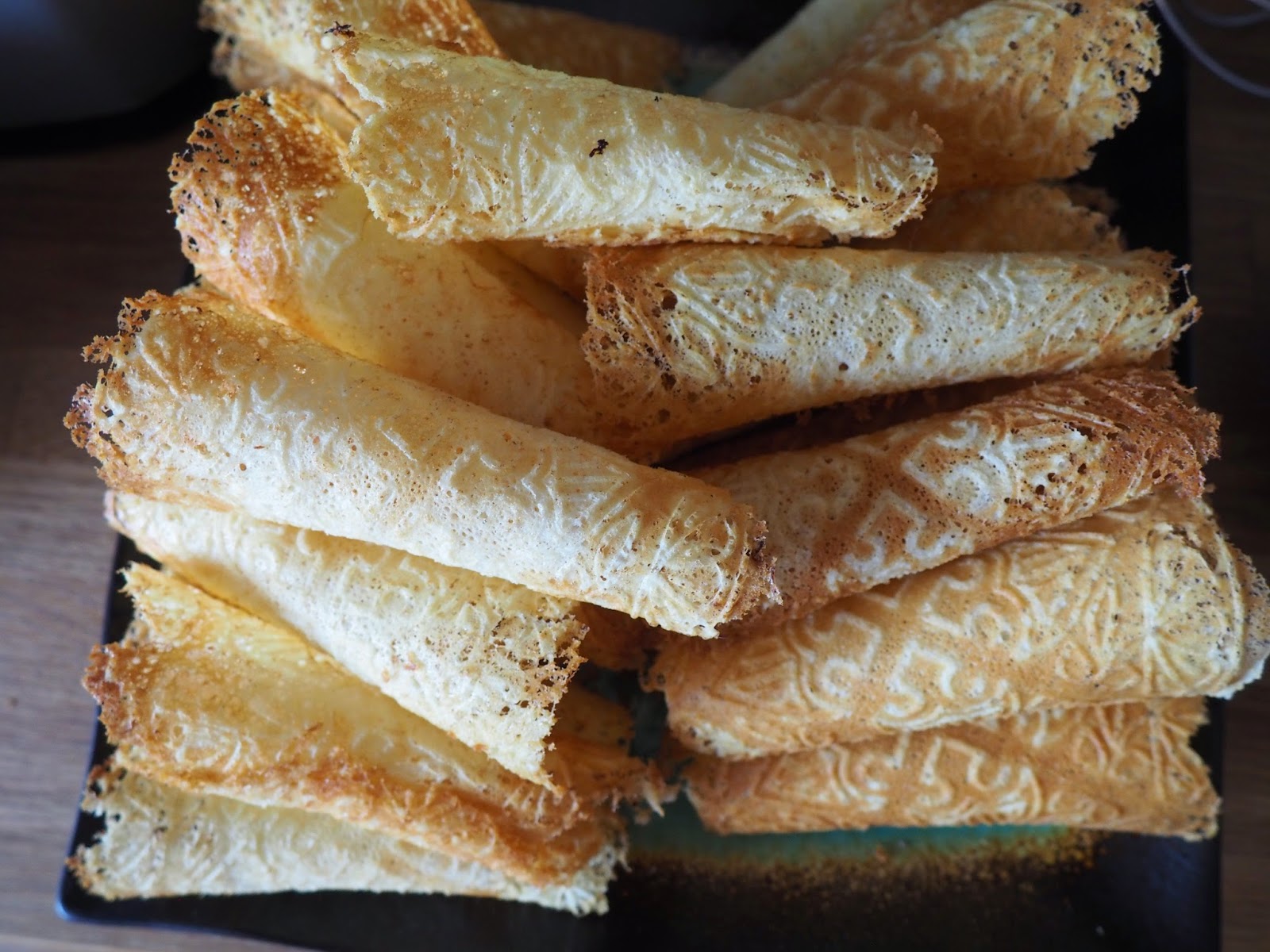
Ricotta Cheese
Have you ever wondered how to make homemade cheese? In reading through a couple of cookbooks, I discovered it is very easy to make your own ricotta cheese. Not only will your cheese be fresher than any you could buy in the store, you can make it for quite a bit cheaper than the store bought ricotta. You can also control how wet or dry you like it, or how big the curds are for your recipe. You can also control how much salt is in the cheese. All you need is milk, cream, lemon juice and patience.
Ricotta Cheese
milk (I use 2 %, but whole milk will produce more curds due to higher fat content)
cream (you can use buttermilk too)
lemon juice
salt (optional)
I usually use a gallon of milk as that way I end up with about 24 ounces of cheese, which is generally enough for two recipes of something...or one recipe of Timballo Pasta with leftovers to snack on with some fresh just picked tomatoes from your garden.
Method: Pour your gallon of milk and about a cup of heavy whipping cream into a stock pot. Heat on low heat for about half an hour. At this point you will want to watch the pot because the curds will separate from the whey at near boiling point. You want to stir regularly so that the milk doesn't burn or else it will ruin your curds. Once it reaches about 80C, add about a teaspoon or two of lemon juice. The acid will help the curds separate. As you see the curds form you can scoop them out and drain them or you can wait until they are all separated and pour all at once through a fine sieve. (I do both depending on my mood and impatience.) Be cautious of the steam so you don't burn yourself. You can repurpose the whey for something else (or drink it), so don't pour it down the drain.
Once the curds are separated let cool and drain until desired thickness. Add salt to taste. Refrigerate until you use, but you should use quickly since there are no preservatives (only the salt you added).























